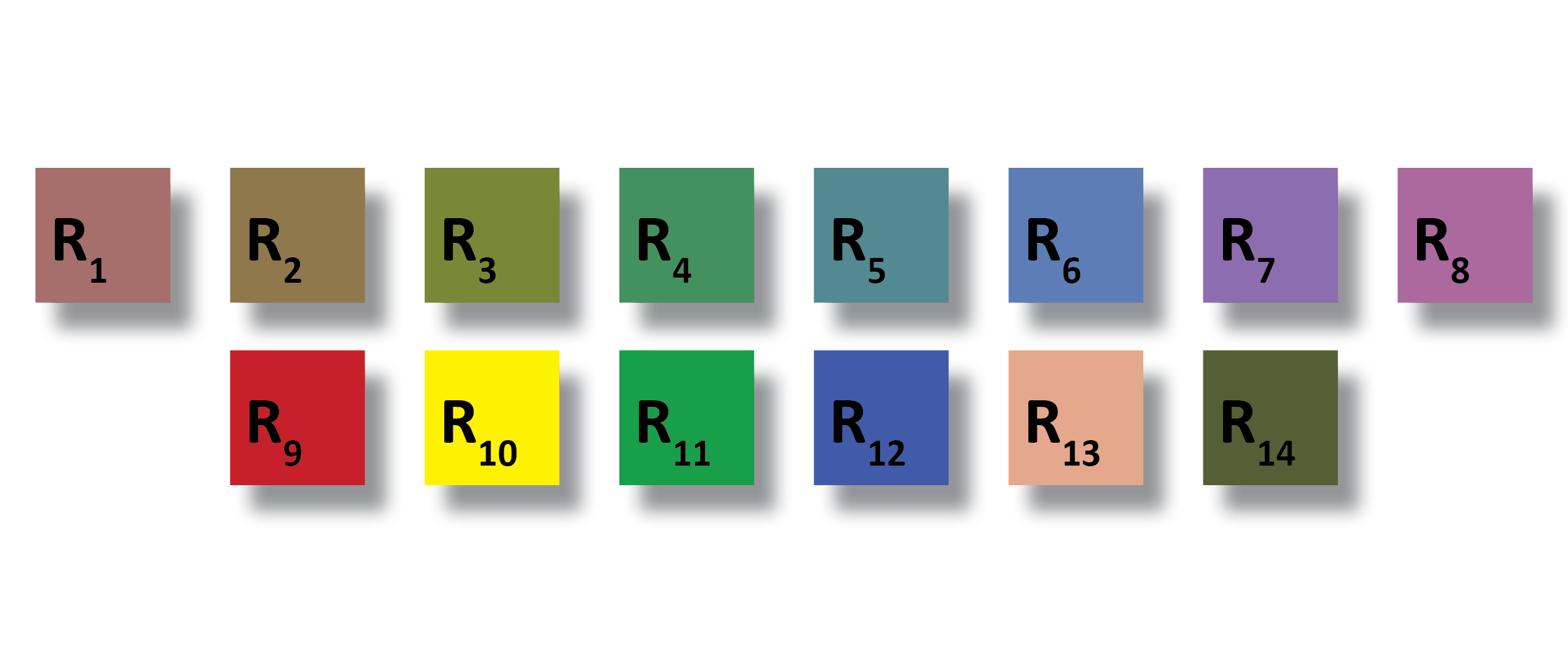When designing any space, color, texture, and finishes play a critical role in the process. Equally important is lighting. With high-CRI lighting, colors pop, textures stand out, and finishes have depth and luster. Think of lighting as the fourth element of good design, which turns colors and textures into a vibrant palette of finishes and materials.
What is CRI? Color rendering index (CRI) is a measure of how accurately a light source displays colors. CRI is measured on a scale from 1 to 100, with 100 representing daylight. CRI was devised by the International Commission on Illumination (CIE) to evaluate how effectively light sources represent color across 8 colors, from R1 to R8.
CRI is determined by comparing the appearance of a colored object under an artificial light source to its appearance under an incandescent light at 100 CRI. The higher the CRI, the better the artificial light source is at rendering colors accurately. The lower the CRI value, the more unnatural colors appear when illuminated by the light source.
Equally important to finishes and hues are how people look in the space. High CRI values, particularly in R13 and R9 values, produce natural skin tones with more depth. A CRI value of 80+ will effectively portray colors and finishes. When the most accurate color rendering is essential, 90+ CRI values are recommended.
